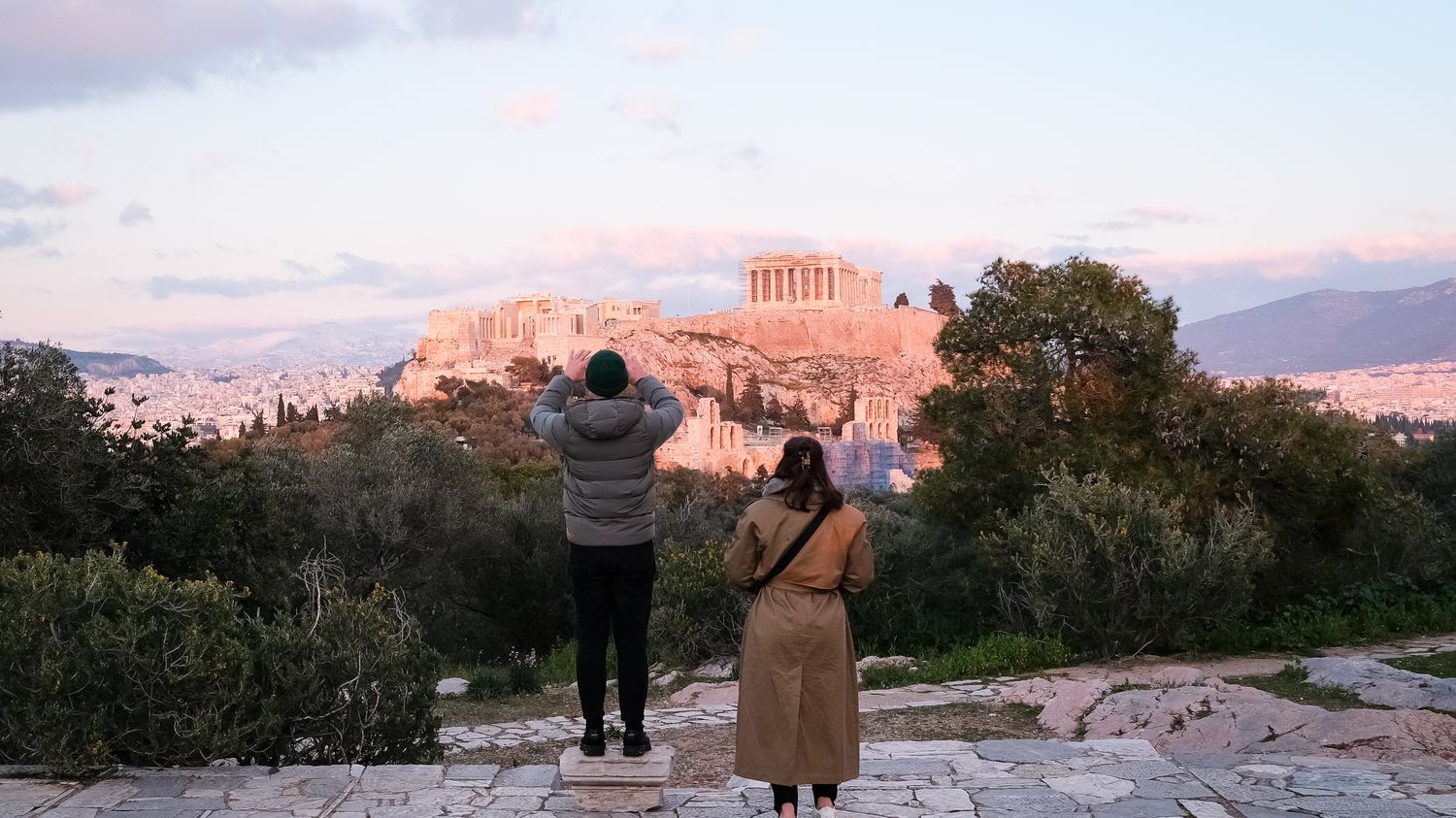The country is struggling to recover its looted works of art and antiquities, still scattered in museums and private collections around the world.
Article written by
Published
Update
Reading time : 1 min.

The result of a long legal battle. A total of 351 looted antiquities, dating from the Neolithic to the Byzantine era, will be returned to Greece, the Greek Ministry of Culture announced on the night of Friday May 19 to Saturday May 20. A large number of ceramic fragments will also be repatriated.
The antiques, divided into 25 groups, were in the possession of British art dealer Robin Symes Limited, which is currently being liquidated, according to a statement. According to the Minister of Culture, Lina Mendoni, the legal battle to recover these looted antiquities in Greece lasted 17 years. It began in 2006, when Greek authorities began investigating Robin Symes at home and abroad.
Among the notable pieces in the antiquities collection, a Neolithic-era statuette carved in white stone and dating from 4,000 BC, or a Cycladic figurine dating from between 3,200 and 2,700 BC. Antiquities returned to Greece also include a fragmented bronze statue of a young Alexander the Great, dating from the second half of the 2nd century.
The return of the Parthenon friezes in question
Greece is fighting to recover its looted works of art and antiquities, still scattered in museums and private collections around the world. Three fragments of the Parthenon, which had been guarded by the Vatican for more than two centuries, were thus returned to Greece in March. Fragments of the monument are also scattered in several major museums around the world.
Greece also hopes to secure the return of the Parthenon friezes, currently at the British Museum in London. Negotiations are said to be underway between the museum and the Greek government. London claims the sculptures were “legally acquired” in 1802 by the British diplomat Lord Elgin, who sold them to the British Museum. Greece maintains for its part that they were the subject of a “looting” while the country was under Ottoman occupation.
